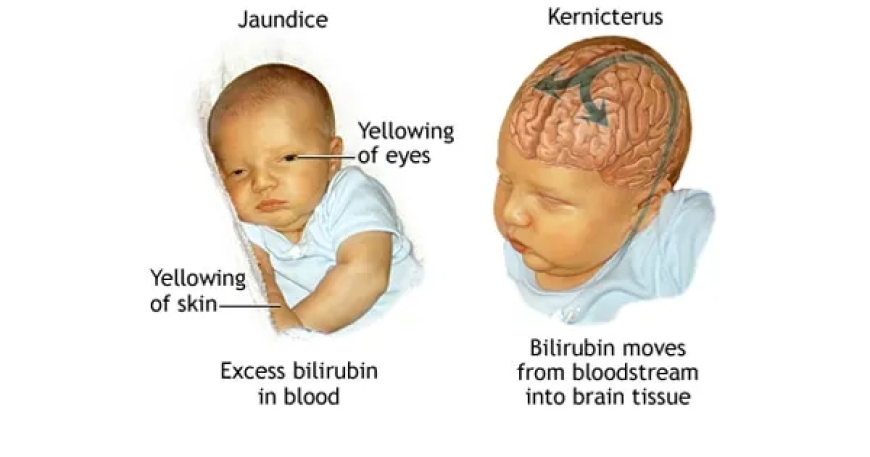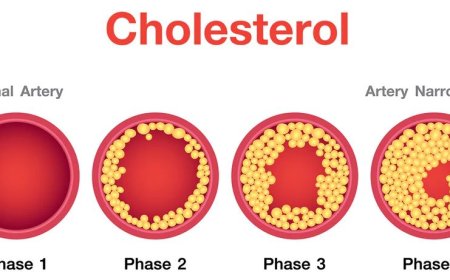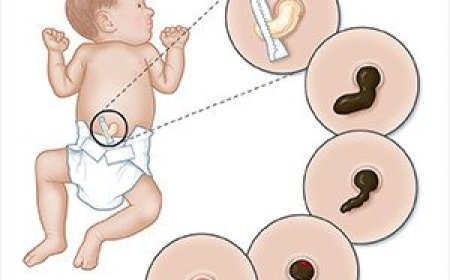Kernicterus

Introduction:
Kernicterus is a rare but serious medical condition that can affect babies, and it is particularly relevant in the context of India. India is a country with a high birth rate, and cases of neonatal jaundice (a condition that can lead to Kernicterus) are not uncommon. In this article, we will explore what Kernicterus is, its symptoms, classification, causes, risk factors, types, diagnostic tests, treatments, complications, and prevention techniques. We'll break down these complex concepts into simple language so that even 10-year-old children can understand.
What is Kernicterus?
Kernicterus is a neurological condition that occurs when high levels of a substance called bilirubin build up in a baby's blood and brain. Bilirubin is produced when the body breaks down old red blood cells. Normally, the liver processes bilirubin and removes it from the body, but in some cases, especially in newborns, the liver may not be able to process bilirubin effectively.
Signs and Symptoms:
Kernicterus can cause various signs and symptoms, and it's essential to recognize them early for prompt treatment. Some common signs include:
- Yellowish skin and eyes (jaundice)
- High-pitched crying or fussiness
- Difficulty feeding and poor weight gain
- Lethargy or reduced activity
- Muscle stiffness or arching of the body
- Difficulty in movement and coordination
Classification of Kernicterus:
Kernicterus is classified based on the age of onset and the severity of symptoms:
-
Acute Bilirubin Encephalopathy (ABE): This is the early stage of Kernicterus and occurs within the first few days of life. Prompt treatment can prevent progression to severe Kernicterus.
-
Chronic Bilirubin Encephalopathy (CBE): If Kernicterus is not detected and treated in the early stages, it can progress to CBE. This stage is characterized by permanent brain damage and disabilities.
Causes and Triggers:
Kernicterus is primarily caused by severe jaundice, a condition where there is an excessive buildup of bilirubin in the baby's blood. Some triggers that can lead to severe jaundice include:
-
Premature birth: Babies born prematurely have underdeveloped liver function, making them more susceptible to severe jaundice.
-
Breastfeeding difficulties: If a baby is not getting enough breast milk, it can lead to dehydration and worsen jaundice.
-
Blood type incompatibility: If the baby's blood type is incompatible with the mother's, it can increase the breakdown of red blood cells, leading to higher bilirubin levels.
Risk Factors with Examples:
Certain factors can increase the risk of a baby developing Kernicterus:
-
Family history: If an older sibling had Kernicterus or jaundice, there might be a genetic predisposition.
-
East Asian or Mediterranean ethnicity: Babies from these backgrounds may have an increased risk of jaundice and Kernicterus.
-
Exclusive breastfeeding without supplementation: In some cases, babies may not receive enough breast milk, leading to dehydration and severe jaundice.
Types of Kernicterus:
Kernicterus can manifest in different ways, affecting various parts of the brain. The types include:
-
Choreoathetoid Cerebral Palsy: This type leads to involuntary movements and muscle coordination difficulties.
-
Hearing Loss: High levels of bilirubin can damage the nerves responsible for hearing, leading to partial or total hearing loss.
-
Intellectual Disabilities: Kernicterus can cause cognitive impairments, affecting a child's ability to learn and process information.
Diagnostic Tests:
Doctors use various tests to diagnose Kernicterus and assess the severity of jaundice. Some common diagnostic tests include:
-
Bilirubin Level Test: This blood test measures the level of bilirubin in the baby's blood.
-
Transcutaneous Bilirubinometry: A non-invasive method that uses a light meter to estimate bilirubin levels on the skin.
Treatments:
Early detection and treatment are crucial for managing Kernicterus effectively. The primary treatment options include:
-
Phototherapy: Babies are placed under special lights that help break down bilirubin.
-
Exchange Blood Transfusion: In severe cases, a baby's blood may be replaced with healthy donor blood to reduce bilirubin levels.
Complications:
If left untreated, Kernicterus can lead to severe complications, such as:
- Permanent brain damage
- Movement disorders
- Hearing loss
- Intellectual disabilities
Prevention Techniques:
Preventing Kernicterus involves:
-
Regular Check-ups: Regular doctor visits can help monitor jaundice levels in newborns.
-
Early Treatment: Promptly addressing jaundice can prevent it from worsening.
Kernicterus is a serious condition that can have lifelong consequences. It is essential to raise awareness about the signs, risk factors, and preventive measures in India to ensure the well-being of newborns and young children. Early detection, proper treatment, and regular medical check-ups can help prevent the devastating effects of Kernicterus and give every child a chance for a healthy and happy life.
What's Your Reaction?


























































